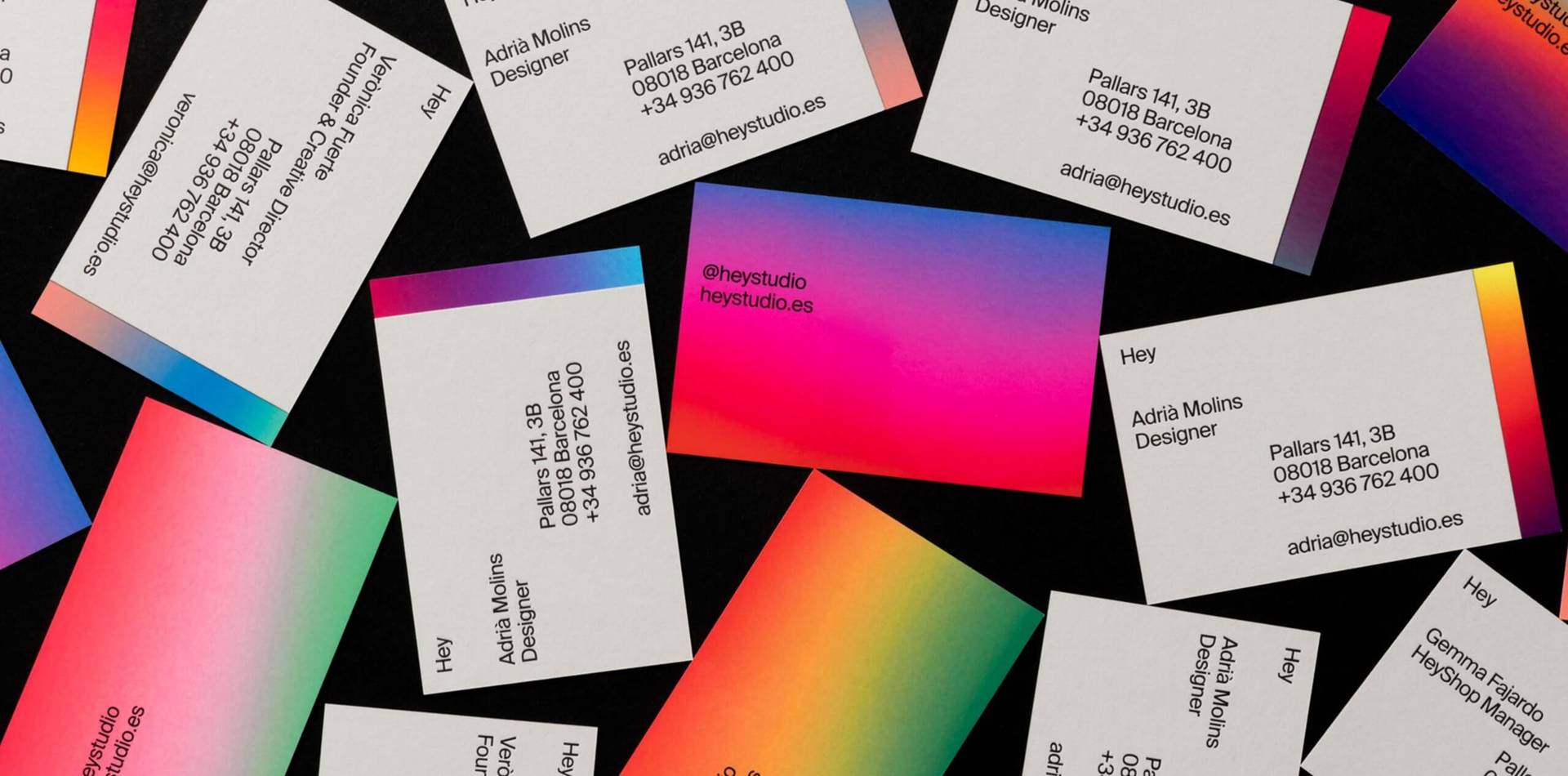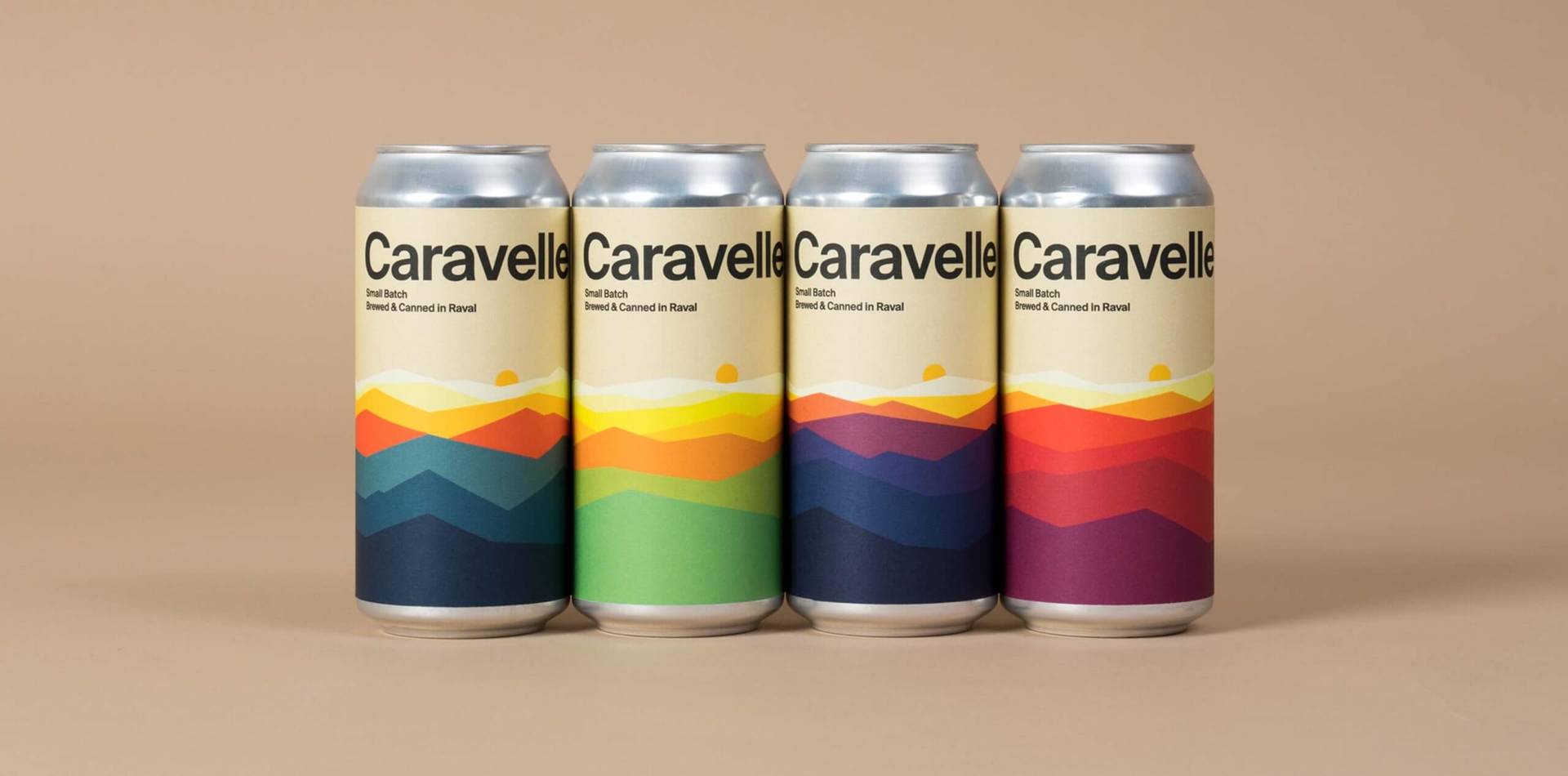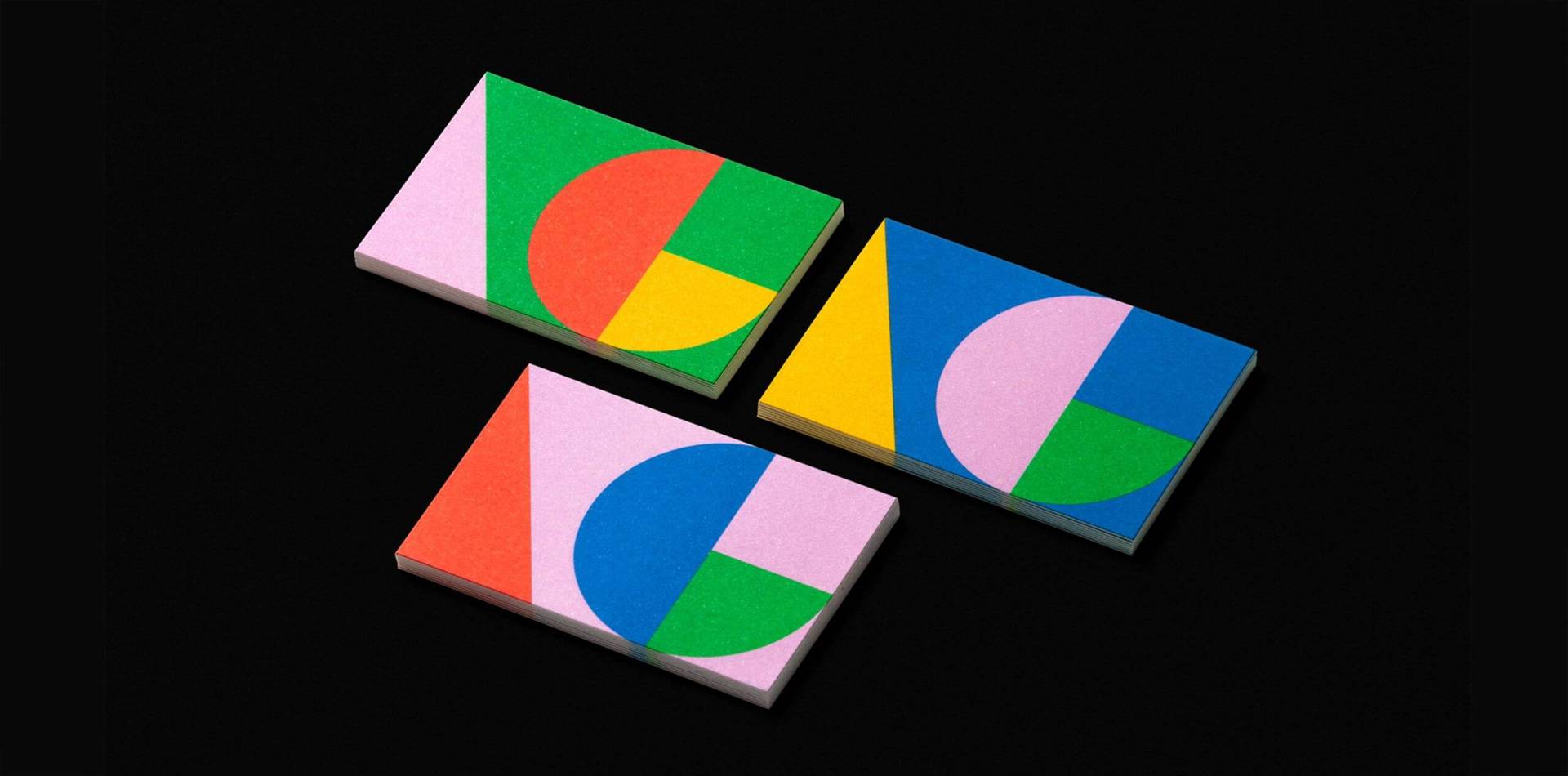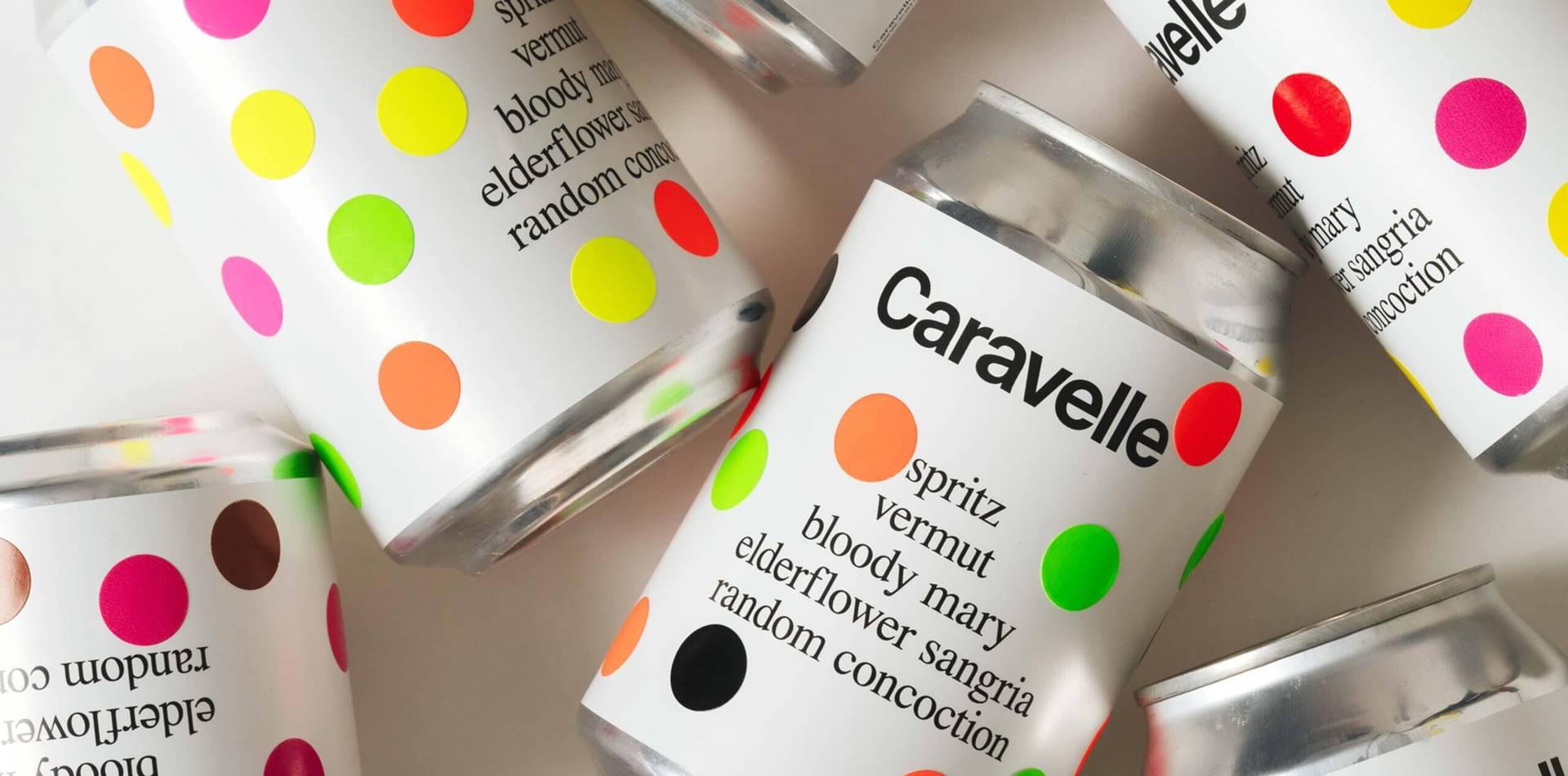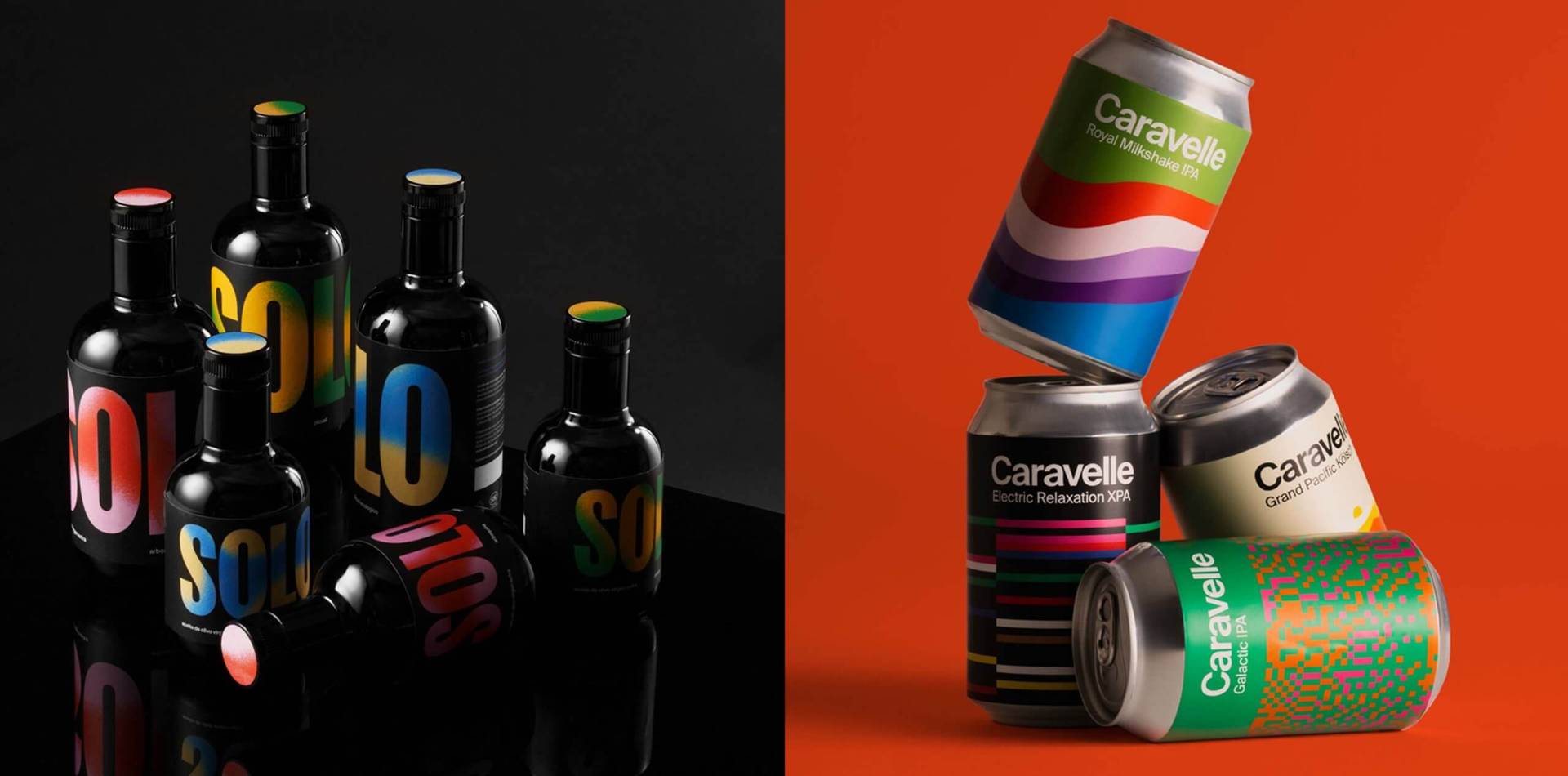Verònica Fuerte founded the renowned, Barcelona based, Hey in 2007. The studio’s work is epitomised by bold vibrant colour, elegant geometric simplicity, and a conceptual approach which has led Hey to become one the most recognised names in the design world. This creative approach has grown from Verònica’s preference for a strong concept behind every project and her belief that colour is ‘a universal language that everybody understands’. When she started her studio, Verònica wanted to pursue her own way of way of working, choosing a friendly name in Hey to represent the studio’s attitude. This also fits with Hey’s belief in the power of images to communicate ideas across different languages and media forms.
For the three years after Hey’s launch, Verònica invested a lot of time and energy into finding the kind of clients she wanted to work with and discovered that reputation building is gradual process. To grow her client base beyond friends, she sent out direct mail examples of Hey’s work to a range of potential clients in Barcelona, which included self-initiated design projects, whilst she built up the studio’s portfolio. Social media has also been crucial as a means for Hey to connect with people in Spain and across the world – the studio was approached by Apple via Instagram!
As well as creating work for commercial clients, side projects have always been an important part of studio life at Hey. Veronica has always seen these projects as an important way for her and her team to grow as creatives, experiment freely and explore new ideas without commercial constraints. Her latest venture has been launching Hey Shop in Barcelona, which is the culmination of these projects and a showcase that reflects perfectly the studio’s distinctive creative voice.
During her career, Verònica has come to appreciate how few women in the design industry make it to senior positions such as Creative Directors and business founders. Whilst she feels proud to be one of the few, she recognises that change still needs to happen. Her inspirational and successful career as a studio founder illustrates how believing in yourself and your individual creative approach, resilience and determination can lead to great things.
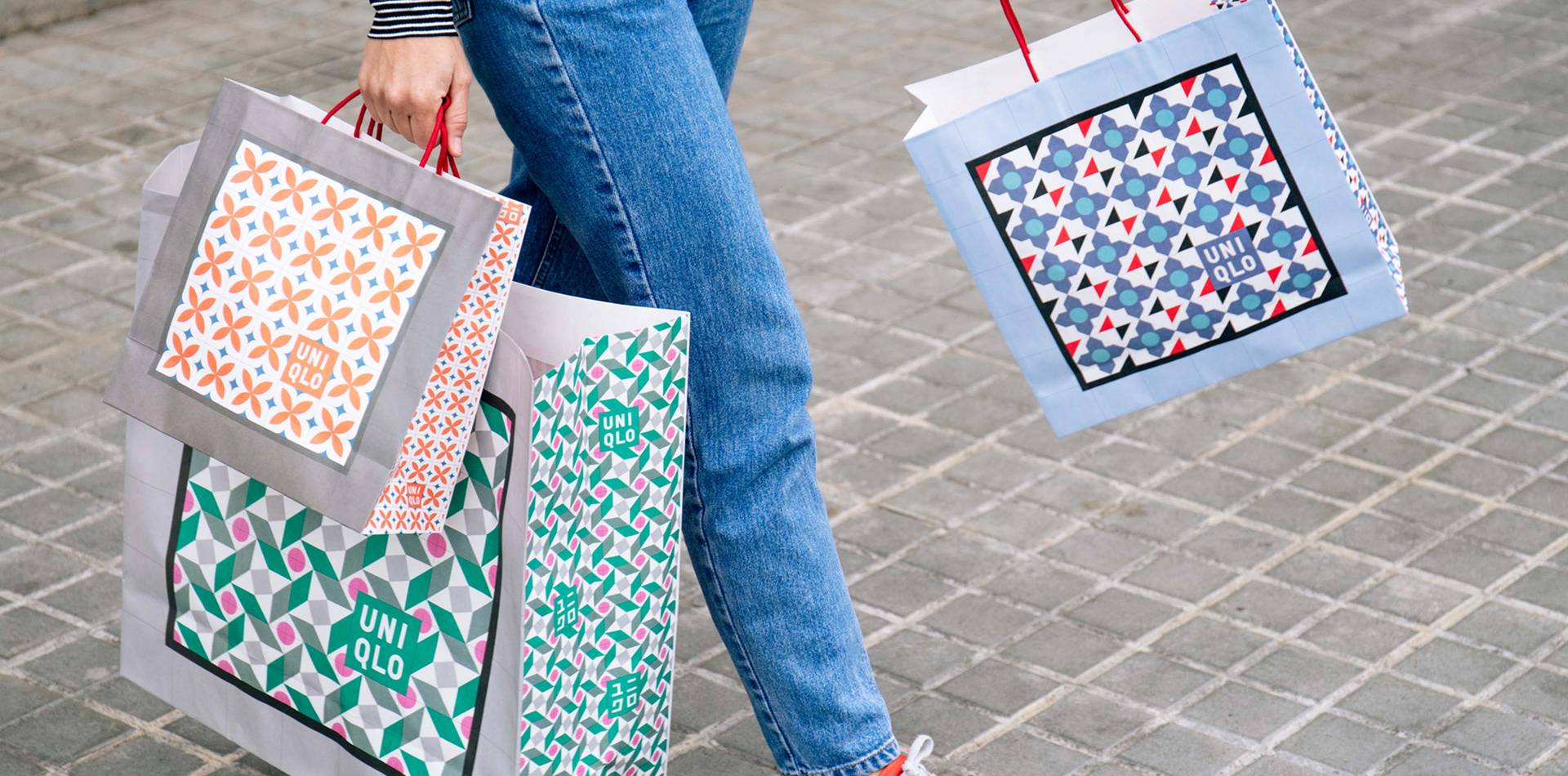
We talked with Verònica to find out more about how Hey has evolved, where she finds inspiration, and how she combines running a successful design studio with motherhood.
Let’s start at the beginning. What made you decide to start your own studio and where did the name Hey come from?
So, I studied graphic design and after working in several graphic design studios in Barcelona, felt that I needed to stop and try my own way of working to develop my personal style. There was this voice inside me telling me that I was ready to start my own company.
The name ‘Hey’ expresses an attitude more than anything else and I liked that. I had thought about Hola as well because I like its informality, its openness. Hey, did this as well but sounds more fun and relaxed. A friendly raised hand sort of greeting rather than formally sticking out your hand to shake. This was the attitude that I wanted the name to represent for the studio.
“The name ‘Hey’ expresses an attitude more than anything else and I liked that.”
Can you tell us about your experiences of initially setting up Hey Studio, what challenges you faced and how you first attracted clients?
Like many people, at the start I survived by getting work through people I knew. In the beginning I had one client, who was a friend. After a year, I realised that I needed to find more clients, so I put together a portfolio and made a little book of the work I had done. I sent it out to museums, publishing houses and companies that I liked and admired. I spent some time researching this, making follow-up calls and in the end the hard work paid off and I started to get responses. The financial crisis started not long after I set up, which changed a lot of things here in Spain. One of its effects for me was the realisation that I needed to look for clients outside of Spain. Social media has worked well for us in this respect by increasing our visibility worldwide. It’s something that helps you connect quickly with a lot of people globally, although my use of it was accidental more than a deliberate strategy. It just evolved organically.
Vibrant colours and bold geometric shapes are now synonymous with Hey Studio’s work. Where did the inspiration for this originally come from and was it a conscious decision to create work that is distinctive and recognisably Hey?
I really love simplicity combined with strong ideas, as opposed to a lot going on and too many decorative elements. When I was studying, I fell in love with the modernist style and studied it in depth to gain greater understanding of its principles; it was a movement that believed design is for everybody and that it should communicate in a simple, strong, and direct way. For me designing with these principles in mind is how we achieve the best results for our commercial projects and the way to express a client’s personality. Strong colours and geometric forms are a universal language that everybody can understand and relate to.
“Strong colours and geometric forms are a universal language that everybody can understand and relate to.”
How has the studio evolved to where you are now and have there been any pivotal projects or key moments?
Since I founded Hey fourteen years ago so much has happened, and we’ve evolved continuously to where we are now. From the beginning, I made the conscious decision to develop my business gradually, rather than grow the studio very quickly and risk burning out. My mantra has always been to grow steadily and take big steps only every couple of years; this means I can reflect and consider carefully whether they’re the right thing to do.
How do you maintain a balance between profitability and working on creatively satisfying side projects?
As creativity is our fuel and we do not need a client to be generate this, our most powerful value. For me, side projects are a way to add value to the studio as creating new ideas increases our profitability. You need a balance between projects you enjoy a lot and ones that have more of a commercial focus.
Has being a woman studio founder impacted your career?
In 2007, at twenty-seven years old, I founded Hey. At the time I was mainly focused on working and creating good design; I wasn’t very aware of being a woman who owned a design business. Over the years, and particularly in the last four, I’ve noticed a change. Suddenly I realised that I was very alone in this industry. Only around 17% of the Creative Directors in the world are women and one of them is me. So yes, it now impacts my career because companies are looking to be a lot more equal in hiring practices than they used to be.
“Over the years, and particularly in the last four, I’ve noticed a change. Suddenly I realised that I was very alone in this industry. Only around 17% of the Creative Directors in the world are women and one of them is me.”
How have you managed to combine a successful career and running a business with motherhood and raising a family?
I always say that in my case it’s a 50% 50% split between me and my daughter’s father. Of course, the first months if the mother is breastfeeding, she needs more time with the baby, but sharing responsibilities overall is crucial. Also ask for help when you need it and learn to manage your time efficiently. Everything is possible. Raising a family and having kids doesn’t need to be a problem when running a business.
As a successful creative director and studio owner, do you have any thoughts on how we can counteract the gender imbalance in the creative industries?
Nowadays, university design related courses are full of women, more than men. Is it that maybe we are not ready to take that further step in our careers? Yes, we are ready, and we are capable. Is the barrier we need to overcome having enough self-confidence to apply for that promotion, or to ask for more money or set up our own business?
Do you have any tips or advice for women and under-represented creatives currently trying to get their first role in a design studio?
Use your voice and give your opinion. Also, perfection will never arrive, the process is about learning. Don’t be afraid to try new things, to make mistakes and learn as you go. It’s impossible to know everything or be perfect, whatever stage you are at in your career.
“…perfection will never arrive, the process is about learning. Don’t be afraid to try new things, to make mistakes and learn as you go.”

